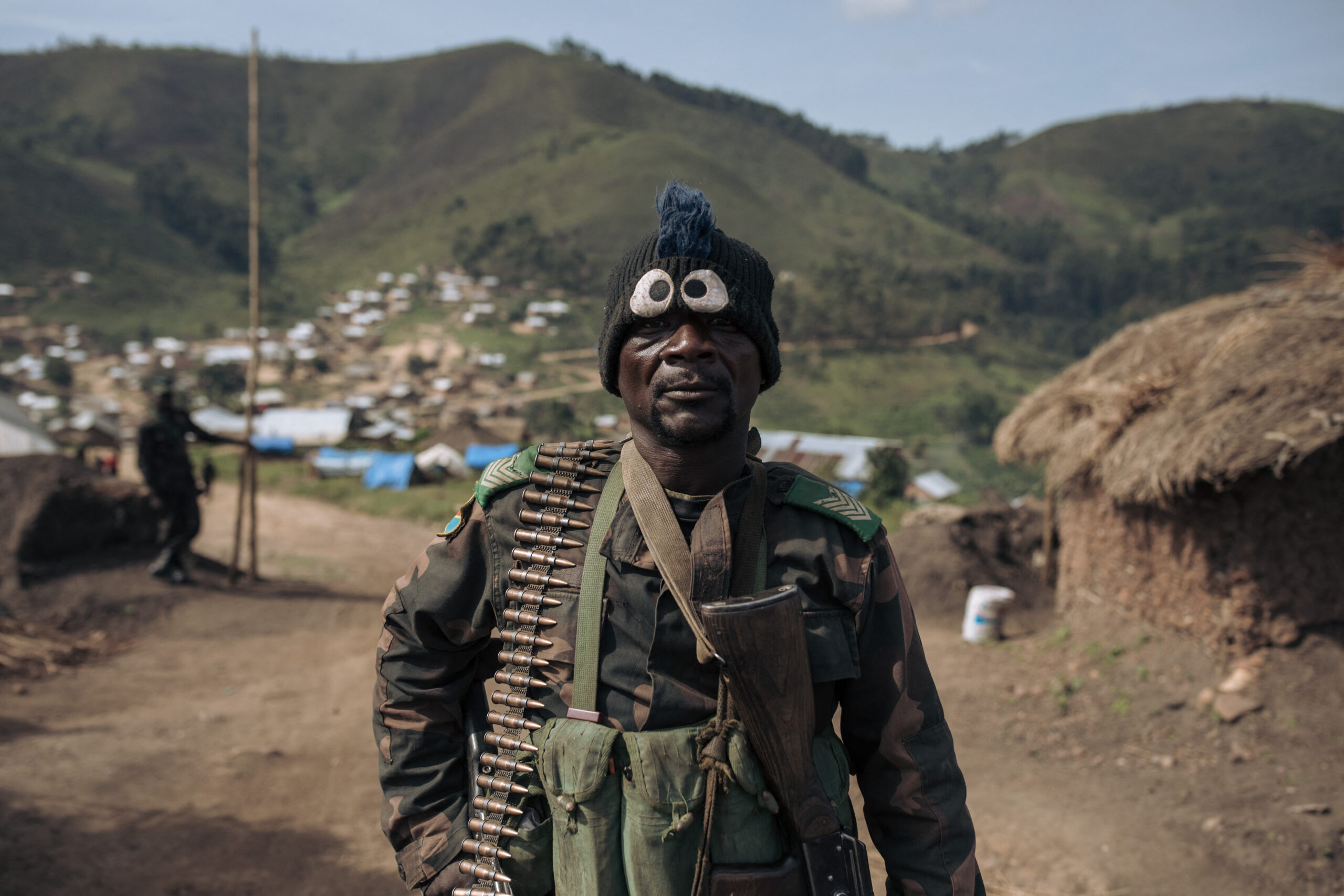
Introduction:
Fighting has resumed in the eastern Democratic Republic of Congo (DRC), casting doubts on the peace efforts spearheaded through the Luanda Process. Backed by Rwanda, M23 rebels are advancing westward, while a new meeting between DRC and Rwandan representatives is scheduled for October 30 in Angola. This resurgence in hostilities raises concerns about the future of Angolan mediation and regional stability.
Resumption of Hostilities and M23 Rebels’ Advance
Since the ceasefire declared on August 4, peace in eastern DRC has been tenuous, and recent combat escalations have shattered it completely. On October 23, the rebels captured the contested town of Kalembe, opening the way to the vast Walikale territory. The ongoing rebel advance towards Pinga—a key military and mining hub—intensifies pressure on Congolese forces.
International Reaction and Angola’s Role
Angola, the primary mediator since 2022, has condemned this breach of the ceasefire, calling M23 actions hostile and contrary to peace efforts. This marks a sterner stance from Angolan diplomacy, supported by France’s condemnation of the M23’s continued offensives.
The “Wazalendo”: Unpredictable Allies in the Conflict
Mobilized to defend the DRC against M23, the “wazalendo” militias play a significant role alongside the Congolese army. However, their militia status and unpredictable behavior create a complex and occasionally tense dynamic within military operations. While crucial as allies, their presence raises questions about DRC’s security strategy and its growing reliance on these armed groups.
Stalled Negotiations and Luanda Mediation Efforts
In response to the renewed clashes, Angola is attempting to bring the DRC and Rwanda back to the negotiating table, focusing on two priorities: neutralizing the Democratic Forces for the Liberation of Rwanda (FDLR) and securing Rwanda’s military withdrawal from eastern DRC. Although both parties have tentatively approved these initiatives, they remain divided over implementation. Rwanda insists on action against the FDLR as a precondition to troop withdrawal, while the DRC advocates for simultaneous disengagement measures.
Potential Implications for Regional Stability
The ongoing conflict in eastern DRC poses significant risks for regional stability. The rise of the “wazalendo” militias and a potential failure of the Luanda Process could exacerbate instability, fueling political and social tensions. A prolonged impasse in negotiations may also empower armed groups in a region already plagued by fragility and inter-ethnic conflict.
© 2024 – O Bulamba / Africa Daily Report